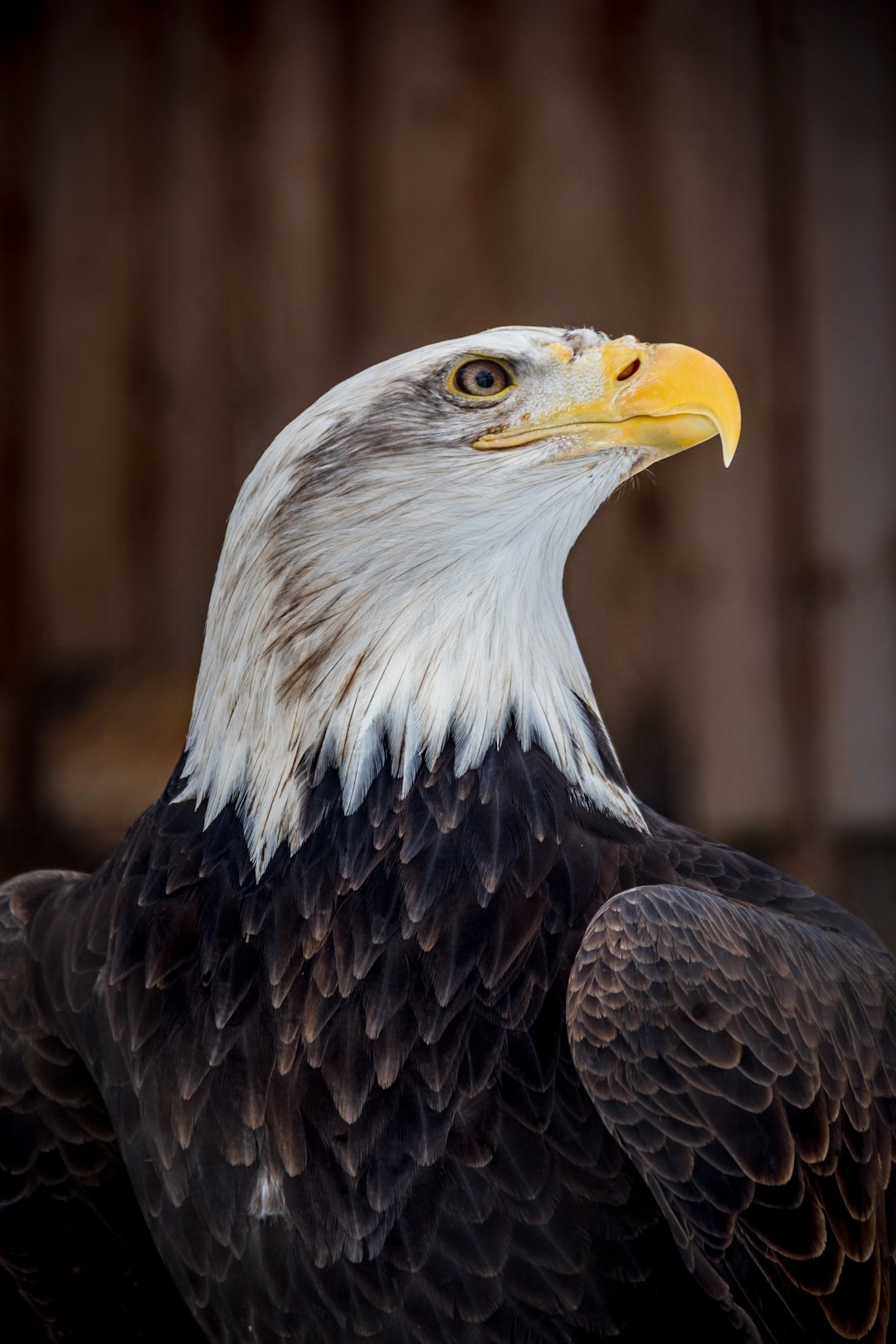The Surprising Diversity of Animal Parenting Styles
When it comes to parenting, we often think of humans as being the ultimate caregivers, providing love, protection, and guidance to their offspring. However, the animal kingdom showcases an incredible diversity of parenting styles that are surprisingly different from our own. From absentee parents to strict disciplinarians, animals display a wide range of behaviors when it comes to raising their young.
One fascinating example of unconventional parenting can be observed in the animal kingdom’s most unlikely candidate – the male seahorse. Unlike mammals, where females typically bear the burden of pregnancy and childcare, the seahorse is one of the few species where the male takes the lead in reproduction. After an elaborate courtship dance, the female deposits her eggs into a pouch on the male’s abdomen. The male then fertilizes the eggs internally and bears the responsibility of incubating the embryos until they hatch. This unique role reversal challenges traditional notions of parenting roles and highlights the incredible adaptability of nature.
Another surprising parenting behavior can be found in the realm of insects, particularly in the case of the burying beetles. These fascinating creatures engage in a gruesome and precise form of parenting. Once the burying beetles locate a carcass, they bury it underground, removing any competition for the food that will sustain their growing offspring. The mother beetle meticulously prepares the carcass by removing fur or feathers. Surprisingly, these beetles actually regurgitate food for their young larvae, delivering pre-digested meals to ensure their nourishment. This macabre parenting strategy demonstrates the lengths to which animals are willing to go to ensure the survival of their offspring.
Moving away from the insect world, the bird kingdom also offers numerous examples of unique parenting styles. The Nazca booby, a seabird native to the Galapagos Islands, engages in what can only be described as “tough love” parenting. These birds lay two eggs but only rear one chick. Sibling rivalry is fierce, and the parents encourage competition by providing limited resources. The stronger, more dominant chick is typically the survivor, while the weaker sibling ultimately succumbs to starvation. Though this may seem harsh from a human perspective, it serves as a vital mechanism to ensure only the fittest offspring survive, enhancing the overall genetic strength of the species.
On the opposite end of the parenting spectrum lies the African elephant, renowned for its strong family bonds and cooperative parenting. Female elephants, known as matriarchs, lead herds consisting of several generations of relatives. Mothers, aunts, and sisters all contribute to the raising of the young, providing guidance, protection, and even babysitting services. The matriarch ensures the survival and success of her herd through collective efforts, emphasizing the strong social structure within the species.
The examples of animal parenting styles are not only intriguing but also prompt us to reconsider our own notions of what constitutes good parenting. While humans often focus on the role of nurture, the animal kingdom demonstrates that different species have evolved different strategies to ensure their young thrive. These diverse approaches showcase the incredible adaptability of nature and remind us that there is no one-size-fits-all approach to parenting. As we continue to explore and learn from the animal kingdom, we gain valuable insights, challenging our beliefs and broadening our understanding of the intricacies of parenthood.

